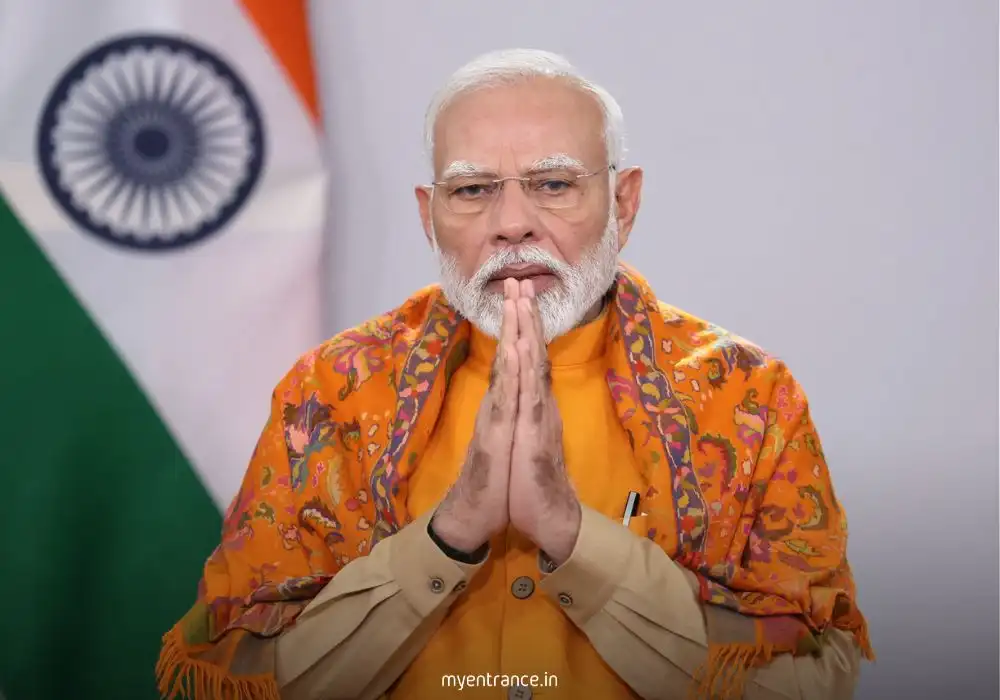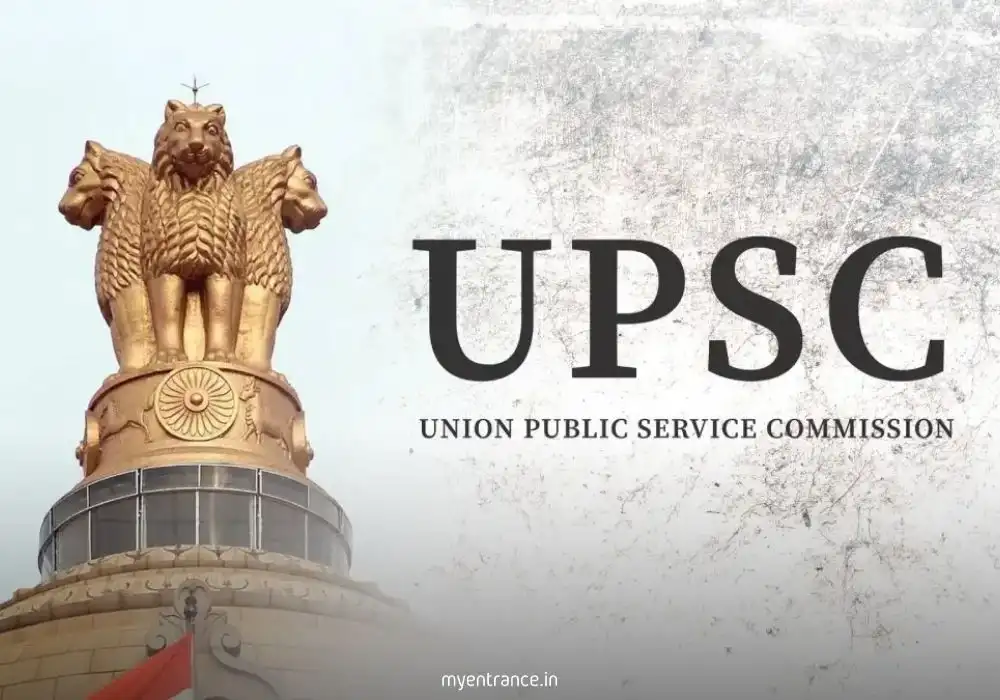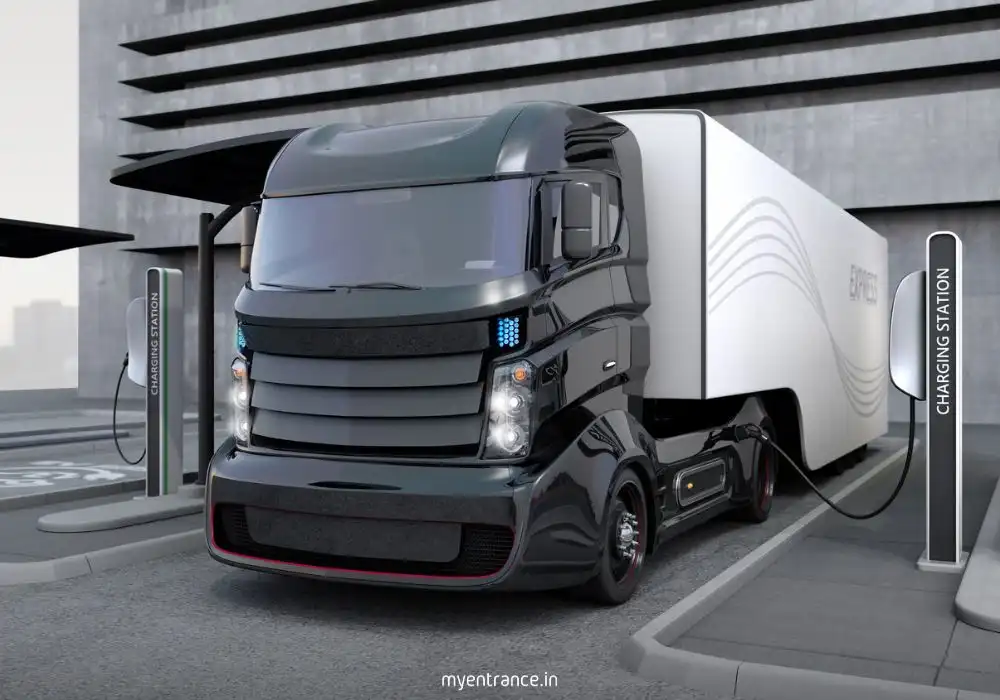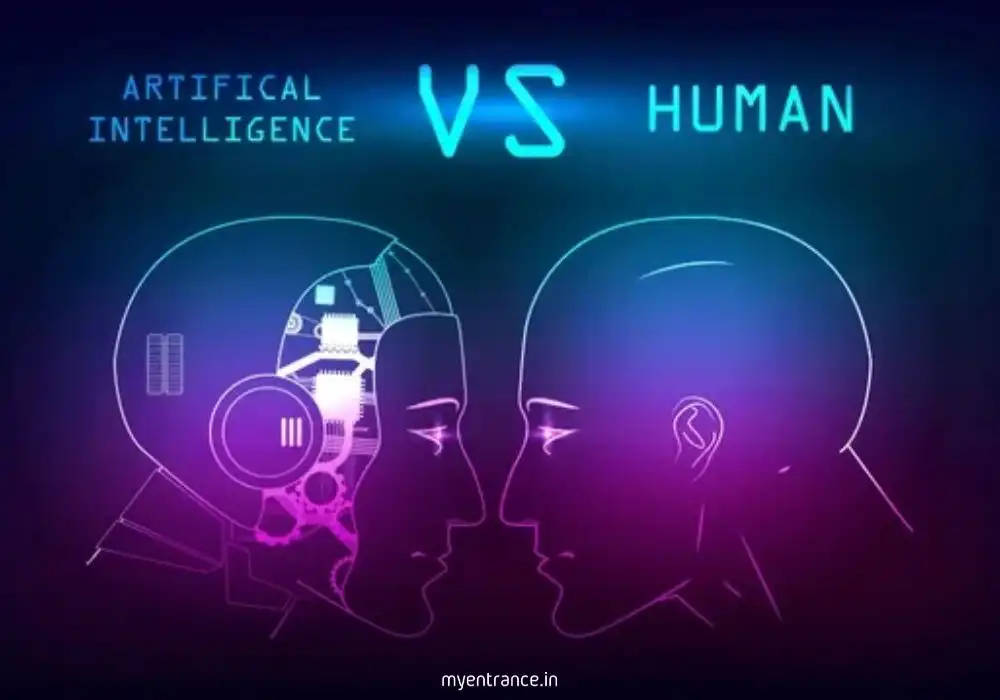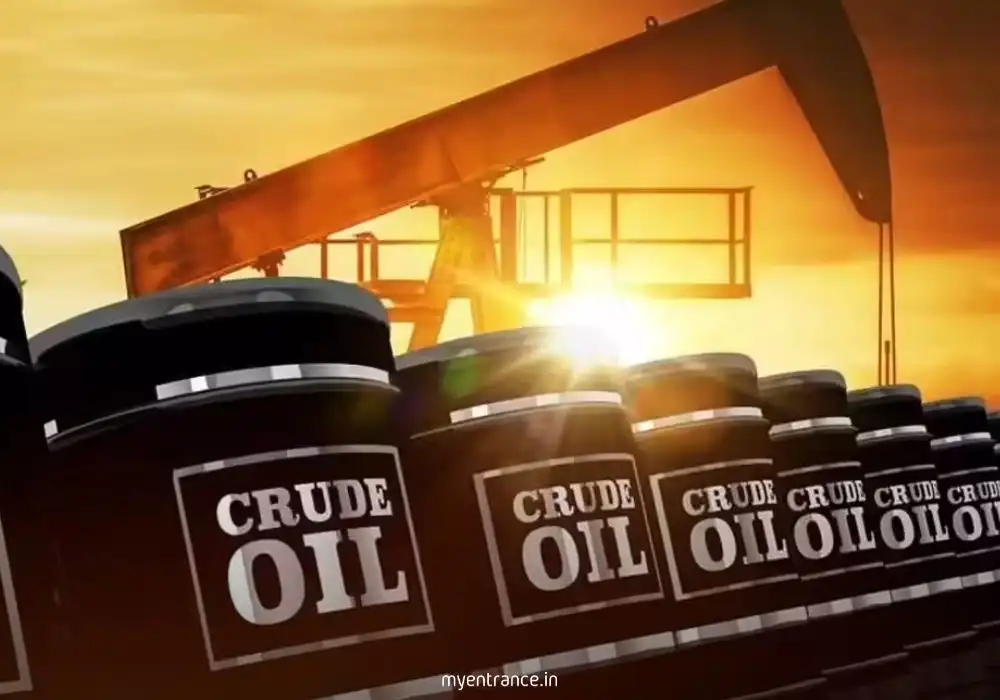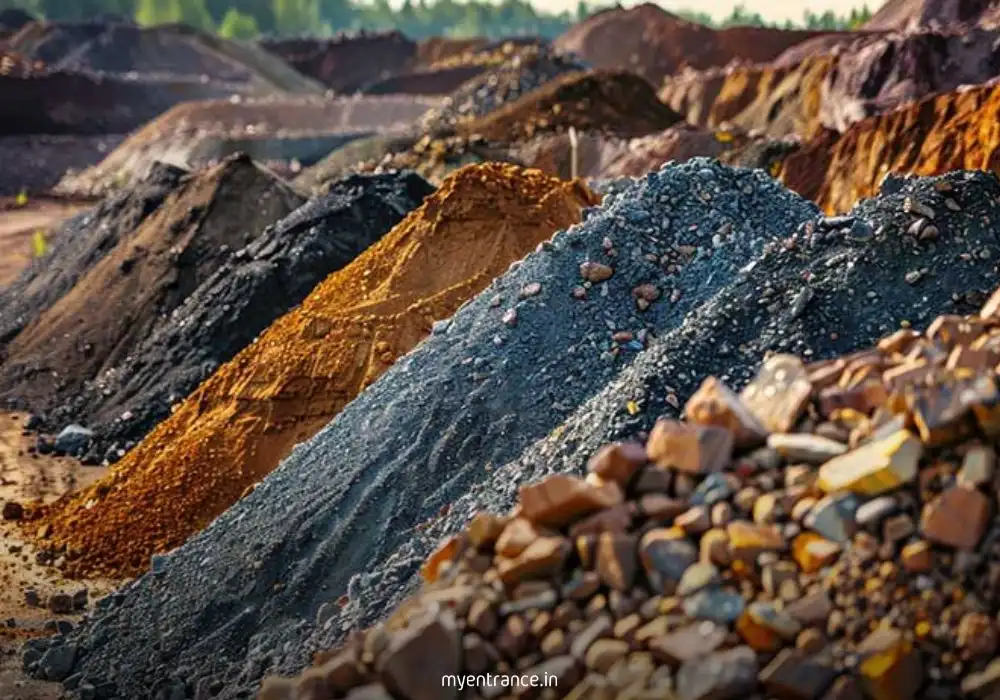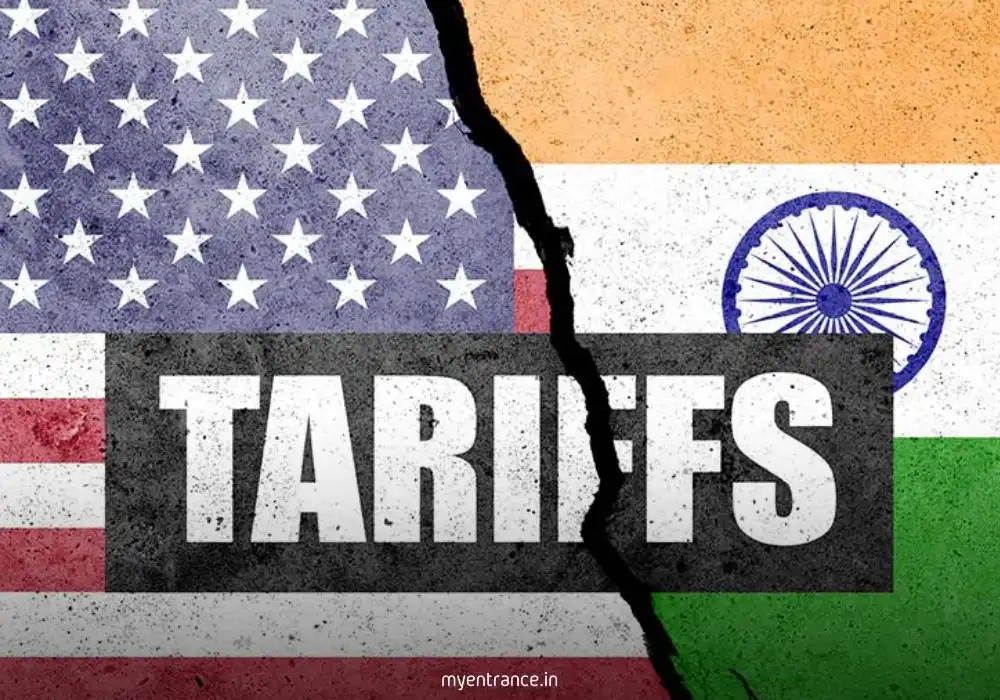Translate Language
Daily Current Affairs Quiz and Key Pointers: 13-08-2025
Stay ahead with today’s must-know current affairs, from India’s green energy push with hydrogen trains to game-changing tax reforms and AI-powered Aadhaar security. We break down key developments in tech, economy, and policy that matter for competitive exams like UPSC, SSC, and PSC. Test your grasp with quick Q&As and dive deeper with linked resources!

1. Is Ethanol-Blended Petrol Harming Older Vehicles?
The government’s push for ethanol-blended petrol (EBP) aims to cut emissions and fuel imports. However, studies reveal that EBP can corrode engines and fuel systems in vehicles manufactured before 2010 due to higher moisture absorption. Experts recommend regular maintenance and compatible spare parts for older models.
Key Takeaways:
EBP reduces carbon emissions but may damage pre-2010 vehicles.
Moisture absorption leads to corrosion in metal/plastic components.
Manufacturers suggest engine checks and ethanol-resistant upgrades.
Q&A:
Q: Why is ethanol-blended petrol a concern for older vehicles?
A: It absorbs moisture, causing corrosion in engines and fuel systems.
Q: What percentage of ethanol is currently blended in petrol in India?
A: 20% (E20), with plans to reach E100 by 2025.
Q: How can owners of older vehicles mitigate EBP-related damage?
A: Use ethanol-compatible parts and frequent maintenance checks.
Read More: Ethanol-Blended Petrol & Vehicle Safety
2. Pixxel’s Fireflies: Boosting India’s Space Economy by 2033
Pixxel’s Fireflies satellites aim to revolutionize Earth observation with hyperspectral imaging, aiding agriculture, urban planning, and disaster management. By 2033, this could position India as a global leader in space-tech, attracting investments worth $10 billion.
Key Takeaways:
Fireflies provide real-time, high-resolution environmental data.
Targets sectors like farming (soil health) and climate monitoring.
Expected to generate 50,000 jobs in space-tech startups.
Q&A:
Q: How will Fireflies satellites benefit Indian agriculture?
A: By analyzing soil health, crop stress, and irrigation needs via hyperspectral imaging.
Q: What’s Pixxel’s projected impact on India’s space economy?
A: $10 billion in investments and 50,000 jobs by 2033.
Q: Name one non-agricultural use of Fireflies data.
A: Urban infrastructure planning or disaster response.
Read More: Pixxel’s Fireflies & Space Economy
3. Can India Become Self-Reliant in Rare Earth Magnets? The ₹50,000 Crore Game Plan
India is taking bold steps to reduce dependence on China for rare earth magnets, crucial for EVs, wind turbines, and defense tech. The government has approved a ₹50,000 crore PLI scheme to boost domestic production, with key projects in Odisha and Andhra Pradesh. If successful, this could cut import costs by 40% and create over 10,000 jobs.
Key Takeaways:
Rare earth magnets are vital for green energy and defense sectors.
India imports 90% of its supply, mostly from China.
The PLI scheme aims to establish local manufacturing hubs by 2030.
Q&A:
Q: Why are rare earth magnets important for India?
A: They are essential for electric vehicles, renewable energy, and defense systems.
Q: How much has India allocated to boost domestic production?
A: ₹50,000 crore under the PLI scheme.
Q: What is the expected reduction in import dependency?
A: Up to 40% by 2030 if domestic production scales up.
Read More: India’s Rare Earth Magnet Independence Plan
4. How Did India’s MSME Sector Generate 28.73 Crore Jobs in 5 Years?
The MSME sector has been India’s silent job creator, adding 28.73 crore jobs between 2019-2024, thanks to government schemes like Credit Guarantee Fund and Udyam Registration. E-commerce and digital payments further fueled growth, with small businesses contributing 30% to GDP.
Key Takeaways:
MSMEs employ over 11 crore people directly.
Government schemes improved access to credit and formalization.
Tier-2 and Tier-3 cities saw the highest employment growth.
Q&A:
Q: What government initiative helped MSMEs expand rapidly?
A: The Credit Guarantee Fund and Udyam Registration simplified loans and formalization.
Q: How much do MSMEs contribute to India’s GDP?
A: Around 30%.
Q: Which regions saw the highest MSME job growth?
A: Tier-2 and Tier-3 cities due to lower operational costs.
Read More: MSME Sector Job Growth Report
5. Aadhaar Upgrade Alert: Biometric Fraud Detection Gets AI Power-Up
UIDAI has integrated AI-driven liveness detection to prevent fingerprint/iris spoofing in Aadhaar authentication. The new system, rolled out in phases, reduces fraud risks in subsidies and bank verifications. Over 50,000 fake attempts were blocked in pilot testing.
Key Takeaways:
AI now detects fake fingerprints/iris scans in real time.
Enhances security for DBT, banking, and SIM verification.
Expected to save ₹1,200 crore annually in fraud prevention.
Q&A:
Q: What is the new feature in Aadhaar authentication?
A: AI-powered liveness detection to stop biometric spoofing.
Q: How many fraud attempts were caught in trials?
A: Over 50,000.
Q: Which sectors benefit most from this upgrade?
A: Direct Benefit Transfers (DBT) and banking.
Read More: Aadhaar’s AI Security Upgrade
6. Simplified Tax Era Begins: Key Takeaways from the Income Tax Bill 2025
The new Income Tax Bill (2025) introduces lower slabs, removes exemptions, and simplifies digital filings. The ₹7 lakh tax-free limit remains, but surcharge cuts benefit middle-class taxpayers. Pre-filled ITR forms will reduce errors and processing time.
Key Takeaways:
Tax-free income ceiling stays at ₹7 lakh.
Surcharge reduced for incomes above ₹50 lakh.
Mandatory e-filing for all except seniors above 75.
Q&A:
Q: What is the unchanged tax-free income limit?
A: ₹7 lakh annually.
Q: Who is exempt from mandatory e-filing?
A: Senior citizens above 75 years.
Q: How does the new bill simplify tax filing?
A: Through pre-filled ITR forms and exemption removals.
Read More: Income Tax Bill 2025 Changes
7. Cloud Seeding 2.0: Rajasthan’s Drone Trial for Artificial Rain Explained
Rajasthan tests AI-guided drones for cloud seeding to combat droughts. Unlike traditional planes, drones are cheaper and can target smaller clouds. Initial trials in Jaipur showed a 15% increase in rainfall.
Key Takeaways:
Drones reduce cloud seeding costs by 60%.
AI helps identify ideal clouds for moisture injection.
Scalable solution for water-scarce states.
Q&A:
Q: Why is Rajasthan using drones for cloud seeding?
A: They are cost-effective and precise.
Q: What was the rainfall increase in trials?
A: 15%.
Q: Which technology aids drone-based seeding?
A: AI for cloud selection and navigation.
Read More: Rajasthan’s Drone Cloud Seeding
Get 3 Months Free Access for SSC, PSC, NIFT & NID
Boost your exam prep!
Use offer code WELCOME28 to get 3 months free subscription. Start preparing today!

